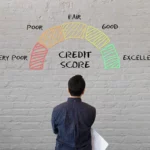Regular home maintenance and repairs may help to preserve your home’s resale value and protect your long-term investment. But funding those repairs can sometimes be a challenge. Consider the following six ways that could help pay for needed repairs:
1. Insurance Coverage
Was your home damaged because of a storm or accident? You may be covered by insurance. Based on the terms of your insurance policy, you may be allowed—or even encouraged—to make reasonable repairs before your insurance company assesses any damage and makes a determination concerning coverage for repair or replacement. It is important to contact your insurance provider immediately after an incident occurs to best understand your policy terms, coverage, and any recommendations for repairs.
2. An Emergency Fund
Financial experts recommend that you keep an emergency fund. Do you have one? If the repairs you need to perform are urgent, it may be time to tap into that resource. Even if you’ve only put aside a small amount of money each week, it may still help to cover needed repairs and updates.
3. Credit Cards
Although credit cards carry high interest rates, you may decide to fund repairs with one. The Consumer Financial Protection Bureau recommends, though, that you make every effort to pay your full credit card balance each month.
4. A Personal Loan
A personal loan for home improvement can be used for repairs, updates, and even new furnishings. A personal loan allows you to borrow the amount of money you need, then pay back the loan over a set term at a fixed interest rate with payment terms that fit your budget and cash flow. The repayment term for personal loans have different ranges, but is often for a period of 12 to 60 months and may be unsecured, meaning you don’t have to pledge any collateral to get approval or access funds.
5. A Home Equity Line of Credit
Through a home equity line of credit (HELOC), you could potentially access funds to make home improvements by utilizing the equity in your home. Unlike a personal loan, though, the equity in your home is pledged as collateral. If payments are not made as required under the terms of your HELOC, the home may be subject to the risk of foreclosure.
6. Cash-Out Refinance
If you are able to find a mortgage interest rate lower than your current rate, you could consider refinancing to convert your home equity into a lump sum of cash. This is referred to as a cash-out refinance. The amount of equity you have in your home helps to determine the amount of money you are able to borrow to assist with home repairs.
Do you need to make a home repair or improvement? Contact Mariner Finance today to apply for a personal home improvement loan.












